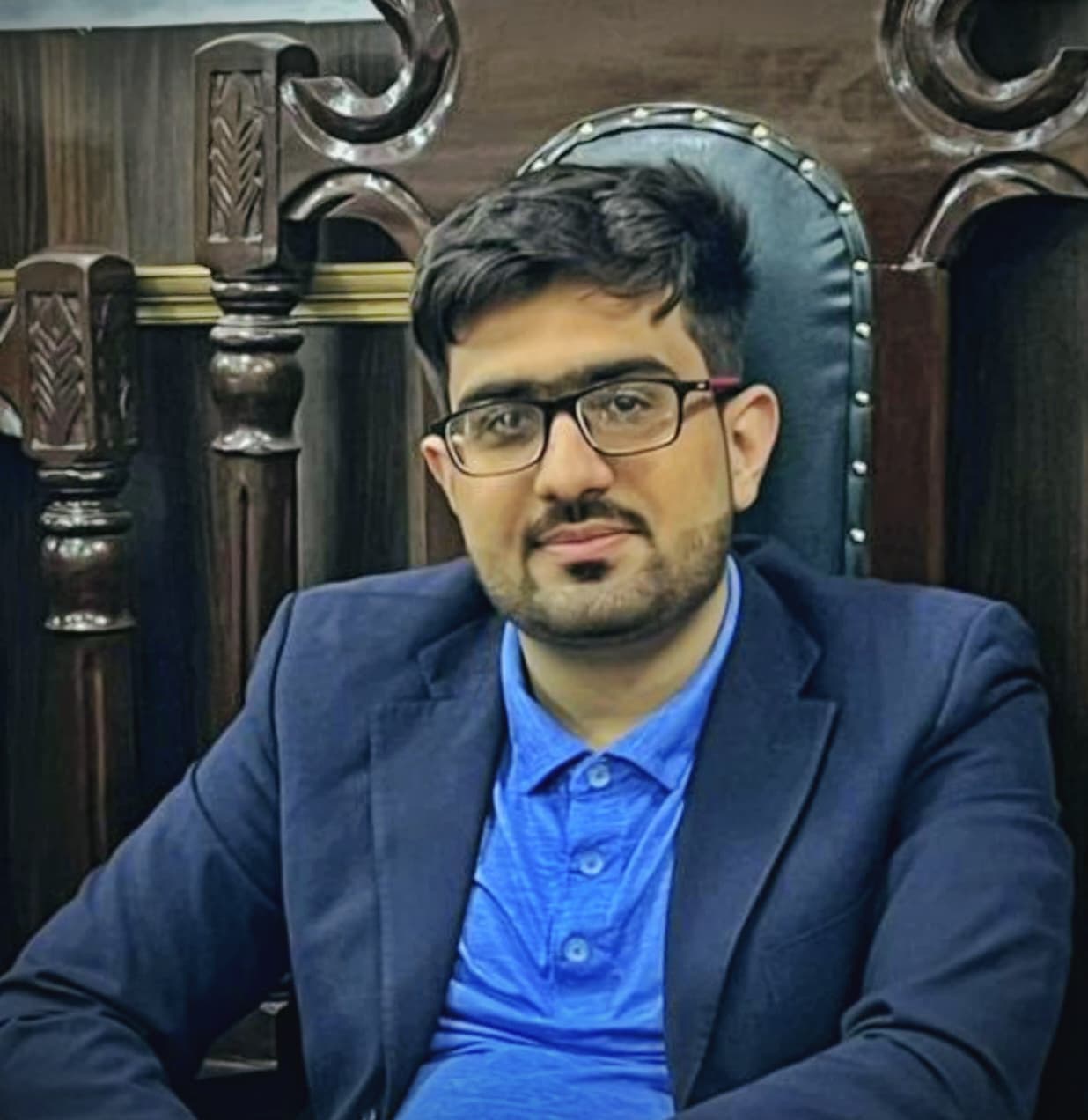Ali Hassan Takkar.
In recent years, the Pakistan Cricket Board (PCB) has become a center of constant experimentation and rapid transitions. The frequent shifts in leadership, coaching staff, and structural strategies have created a sense of unpredictability and uncertainty within the system. This environment of vagueness has not only impacted team consistency but has also drawn widespread criticism from experts, fans, and former players alike.
The latest development in this transformative phase is the appointment of Mike Hesson former Kiwi player and coach as the new white ball head coach of the Pakistan National Team. This is not just a change in coaching personnel—it signals a complete cultural and strategic overhaul. A lot is at stake, and fans will be hoping for a revival of Pakistan cricket, which has lacked direction and spark in recent years.
A respected figure in international cricket, Hesson has previously served as the head coach of the New Zealand national team, where he played a pivotal role in shaping their modern, competitive brand of cricket. On the franchise circuit, Hesson made a lasting impression with his long stint at Royal Challengers Bangalore in the Indian Premier League, and more recently, with Islamabad United in the Pakistan Super League (PSL). Under his leadership, Islamabad United clinched the PSL 9 title and entered PSL 10 as defending champions, maintaining a formidable presence throughout the tournament.

Hesson arrives in Pakistan with a solid resume and a deep understanding of modern-day cricket, particularly in terms of matchups, player roles, and tactical flexibility. However, his success will heavily depend on how effectively he adapts to the local cricketing culture and manages to align the team’s mindset with his vision.
Despite this major appointment, several key positions remain unsettled. Notably, no head coach for the red-ball (Test) format has been named yet. Additionally, there is still lack of clarity regarding the full time supporting staff, further contributing to the sense of transition within the setup. At the same time, the futures of the ODI and Test captains remain uncertain, and discussions regarding a new central contract structure are currently underway and nearing finalization.
There are also strong indications of structural changes beyond coaching. Reports suggest that a new selection committee could be announced soon, and a proposed Observation Committee—intended to monitor and supervise operations—is already being discussed internally within the PCB. On the administration front, PCB has advertised a vacancy for the Director of Sports Medicine, highlighting its intent to enhance player health and performance management.

Meanwhile, former interim head coach Aaqib Javed has been appointed as the Director of the National Cricket Academy (NCA), replacing Nadeem Khan, whose departure left the role vacant. Azhar Mahmood’s tenure as assistant coach with the national side has also come to an end.
These are crucial and defining times for Pakistan cricket. While the arrival of Mike Hesson brings hope for a more structured and performance-driven environment, the long-term success of this transformation will depend on how cohesively all pieces—coaching, selection, player management, and governance—fall into place. Pakistan cricket is once again at a crossroads, and fans will be watching closely to see whether this wave of change leads to lasting progress or yet another cycle of instability.

